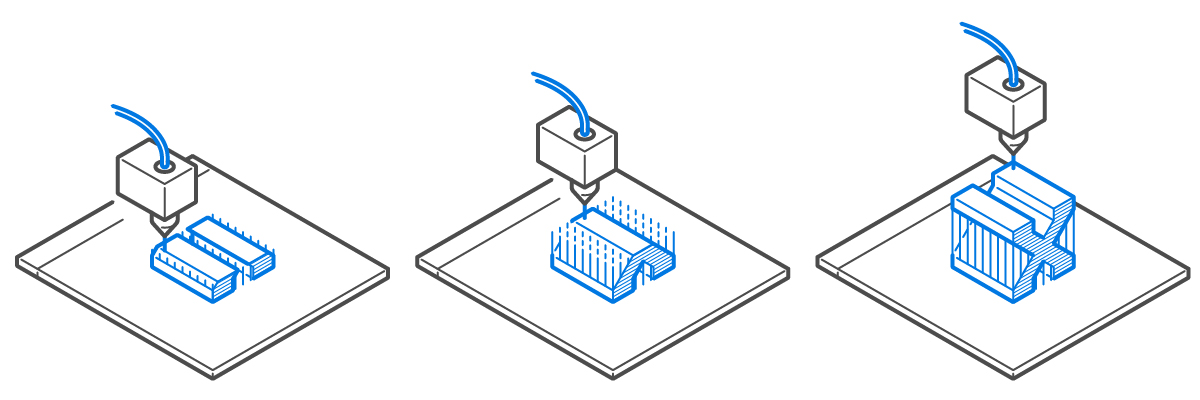
Given that the standard environments do not always follow the defaults that are specified in the *ENV template, JD Edwards EnterpriseOne provides preconfigured records for the standard environments. The user is then optionally prompted to customize the data source. If records in the F98611 table already exists, the defaults from the F98511 table are overridden by the current definition. These defaults are then used to create the data source definition in the F98611 table. As data sources are configured for an environment, these records are copied and tokens are replaced in the data source name and properties to create records for the environment (F98511.SPLL = Environment Name). The environment data source template (F98511.SPLL = *ENV) stores defaults for environment data sources. This includes Business Data, Control Tables, Central Objects and Versions. A set of data sources is configured for each environment. The last set of data sources is the environment data sources. If record in the F98611 tables already exists, the defaults from the F98511 table are overridden by the current definition. The first time these data sources are configured, the shared data source template (F98511.SPLL = *SHARED) is copied and tokens are replaced in the data source name and properties to create the shared data source records (F98511.SPLL = DEFAULT). This includes System, Data Dictionary, and Object Librarian data sources. The next set of data sources to be configured is the shared data sources. UBE, BSFN, RTE, and XAPI mappings are created for the logic data sources. OCM records are not created for the server map data source.

Also, logic data sources are automatically configured without prompting. This includes the Server Map data source. The first set of data sources to be configured is the Enterprise Server data sources.

Data source configuration and prompting is driven by the data in the F98511 table. Before OCM can be created, you must configure your data sources.


 0 kommentar(er)
0 kommentar(er)
